Renewable Energy Certificates (RECs) & Carbon Trading
Expand Your Green Impact ,Even Without Installing Solar
Whether your organization is aiming to improve its ESG profile, comply with international sustainability mandates, or demonstrate climate responsibility to clients and investors, Renewable Energy Certificates (RECs) and Carbon Credits offer verifiable pathways to do so with or without on-site solar generation.


What Are Renewable Energy Certificates (RECs)?
A Renewable Energy Certificate (REC) is an internationally recognized proof that 1 megawatt-hour (MWh) of electricity has been generated from a certified renewable source, such as solar or wind. Purchasing RECs allows businesses to claim the environmental benefits of clean energy , even if they can’t generate it themselves.
Key Highlights:
- Scope 2 Emissions Compliance: RECs help companies offset indirect emissions from purchased electricity.
- Globally Recognized: RECs are accepted under standards like CDP, GHG Protocol, RE100, and ISO 50001.
- Flexible Adoption: Ideal for corporates in leased spaces or buildings unsuitable for solar installations.
- Auditable Proof: Each REC comes with a unique serial number and registration from authorized tracking systems ( I-REC, TIGR).
Perfect for: Export-oriented businesses, global supply chains, and companies under ESG reporting obligations.
Already Generating Solar? Sell Your Carbon Credits
If you’ve already installed a solar system — whether on your factory, warehouse, or commercial complex, your clean energy generation can become an additional revenue stream. Once registered, your solar plant can issue carbon credits, which are then sold to organizations looking to voluntarily or mandatorily offset their greenhouse gas (GHG) emissions. Through verified carbon offset mechanisms, you can monetize every unit of emissions avoided, by registering your system under a recognized carbon market such as:

1. Verified Carbon Standard (VCS)
Global program certifying emission reductions through rigorous, transparent carbon offset methodologies.

2. Clean Development Mechanism (CDM)
UN carbon offset scheme enabling emission-reduction projects in developing countries under Kyoto.

3. Gold Standard
High-integrity carbon offset standard linking climate action with sustainable development goals.
Business Benefits:
Passive Income
Earn passive income on each ton of CO₂ you avoid
CSR and Green Bond
Eligible for CSR and green bond support
Internal Rate of Return (IRR)
Improve project Internal Rate of Return (IRR) by layering carbon revenue on top of electricity savings
ESG Ratings
Strengthen ESG Ratings, making your company more attractive to investors and clients
Real-World Impact
| Feature | RECs | Carbon Credits |
|---|---|---|
| Purpose | Claim renewable energy use | Offset carbon emissions |
| Typical Buyers | Corporates, MNCs, export industries | Polluting industries, airlines, MNCs |
| Unit of Trade | 1 MWh = 1 REC | 1 ton CO₂e = 1 Carbon Credit |
| Platforms | I-REC, TIGR | VCS, Gold Standard, CDM |
Frequently Asked Questions (FAQ)
Yes. RECs are designed specifically for those who want to support renewable energy or meet sustainability goals without generating their own power.
RECs prove that renewable electricity was generated and used on your behalf. Carbon credits represent the reduction or removal of GHG emissions and are used to offset your own emissions footprint.
Yes — if it meets the technical, monitoring, and registration standards of international carbon platforms. We assist with project documentation, baseline analysis, and full-cycle registration.



